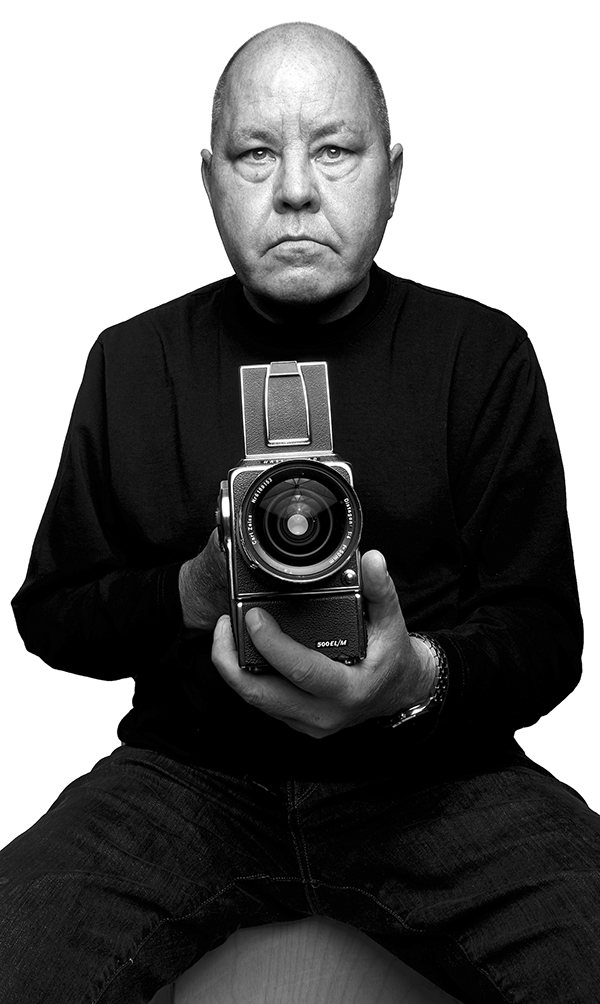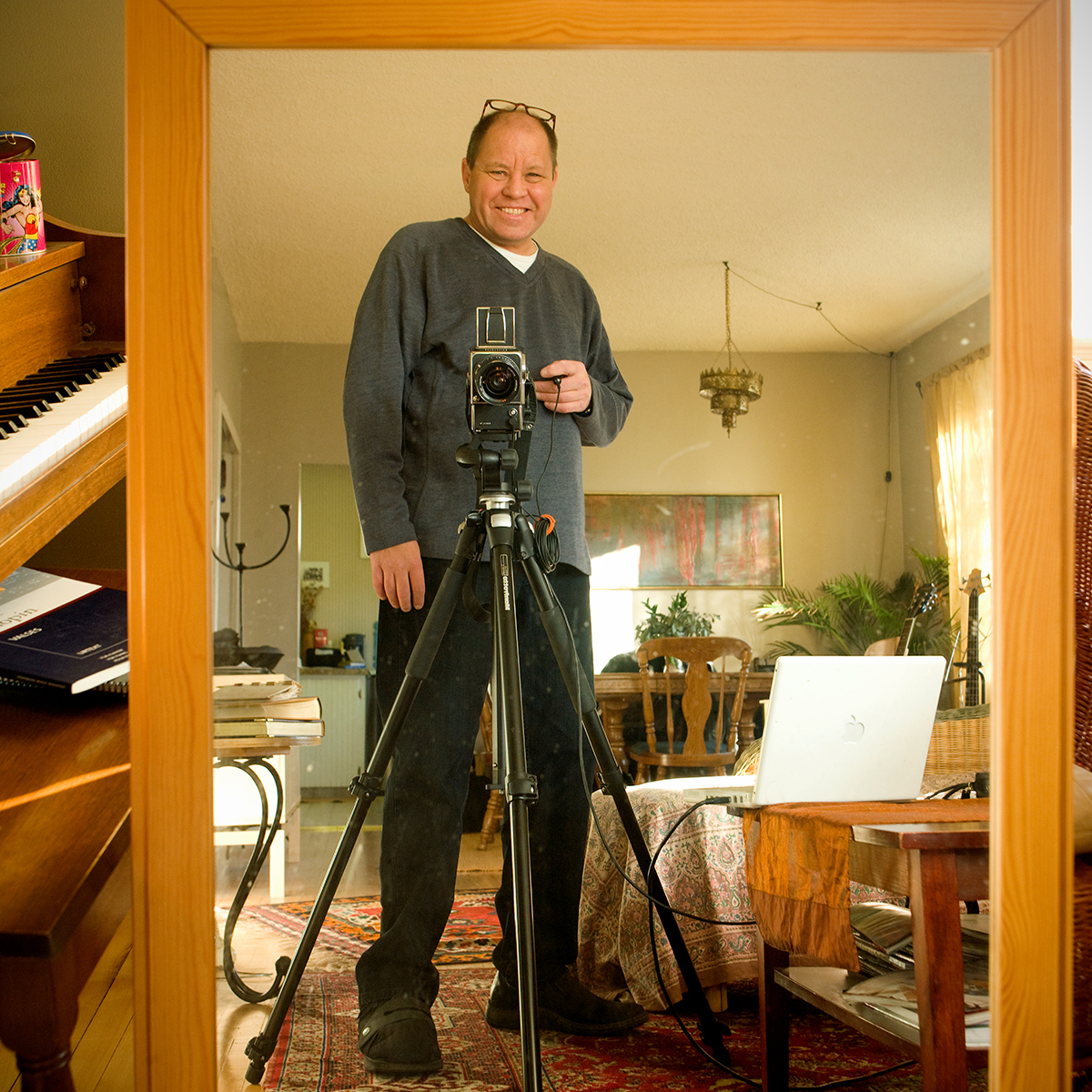RICHARD - Portraits of Diabetes

RICHARD
Type 1 diabetes-diagnosed 1959
Sometimes I look back and go: 'Really? You were working full time when you were going through that?' It does amaze me.
When Richard Siemens was five years old, in the summertime he would fall asleep on his parents' lawn after eating dinner. It wasn't until he went into a coma one evening that it became apparent he had type 1 diabetes.
It was the late 1950s, when treatment involved insulin injections using a syringe sharpened with a stone and a glass barrel that had to be boiled after each use. One of the devices Richard recalls using most was the Dr. Busher's Automatic Injector, patented in 1932, which allowed a child to quickly inject insulin with just one click.
"Because if kids try to do it slow and shaky, it doesn't work. So I had that thing for years-it was an ugly little contraption," says Richard. "Everything was ugly in those days." Today, improved treatment options range from much smaller needles to a pump that regulates the amount of insulin secreted to the patient throughout the day. There are also advanced surgeries that can result in insulin independence.
By 2005, doctors said Richard would need dialysis due to kidney failure. Since 1972, he'd been working as a photographer, a passion he'd had since the age of nine, and he didn't want to postpone his work while getting treatment. That meant that for three and a half years, three days a week, he would work until around 5:30 pm, then go to the hospital and dialyze until around 11 at night.
"I'm always my own test subject, so I have a visual diary," says Richard. "And sometimes I look back and go: 'Really? You were working full time when you were going through that?' It does amaze me."
One of his photography projects at the time involved capturing images of individuals with diabetes for the Alberta Diabetes Institute opening in 2007, including a self-portrait that now acts as a reminder of the challenges he faced. In the photo, he wears a protective boot because a small cut on his foot had developed gangrene, resulting in a toe amputation. Those with diabetes are at risk for amputations, especially in the legs and feet, as conditions such as peripheral neuropathy can deaden the sensation of pain, resulting in infection from the continued pressure of walking on the injury.
In 2009, he had to have both a pancreas and a kidney transplant. He spent four months in the hospital facing an extensive recovery, overcoming the physical hurdles that small, everyday tasks had become. Taking a shower meant wrapping part of his body with plastic wrap to protect the IV and needles needed to maintain his health. And, to regain his strength, he had to lift weights and walk stairs each day, under the guidance of physiotherapists, whom he jokingly called "physioterrorists."
When he was released, he still had sutures and he had to be careful traversing the 13 steps within his 1910 character home. Since the transplant, Richard has done well. He'll take immunosuppressant drugs indefinitely and now his doctor recommends injecting a small amount of insulin daily just to give his pancreas a break.
People with diabetes don't want to be seen as victims, he says; the disease is just another part of their existence. "The media tends to go on about 'poor little Johnny has to take 40,000 injections in his life.' Ultimately insulin is what keeps those with diabetes alive, as does exercise and diet," he says. "It's all about balance. Mostly, it's a pain in the butt, but it could be worse. Hemodialysis is the same, but on the next level. Yeah, nobody wants to do it, but it kept me alive. Insulin, pumps, pills, transplants-they're all just treatments that for some lucky ones might keep them alive long enough for a cure."
The Alberta Diabetes Institute plays an important part in the continuity of research and development providing scientists with direct access to services that allow cutting edge diabetes research.
Richard Siemens is the photographer of Portraits of Diabetes, as well as the original series in 2007. The Hasseblad camera featured in his self-portrait in 2007 and 2017. This had been his primary camera until the 'digital revolution'.
Photography: Richard Siemens Writer: Caroline Barlott Editor: Sasha Roeder Mah Creative Director: MJ Fell







